By Maryam Qarehgozlou
A recently surfaced footage, capturing the shocking scene of an “execution-style killing” of 15 Palestinian aid workers by Israeli occupation forces near the southern Gaza city of Rafah last month, yet again showed the regime’s blatant disregard for human lives — especially non-combatants.
The chilling revelation, exposing the horrifying truth behind the brutal killing of unarmed aid workers, debunked the Israeli military narrative, which attempted to justify the attack by claiming “suspicious activities” on the part of those aid workers.
Contrary to the claims, the slain aid workers were seen wearing uniforms and operating clearly marked ambulances and fire trucks at the time of the gruesome attack.
The unprovoked targeting of aid workers reignited global outrage over the Israeli regime’s disregard for international humanitarian law and continued genocidal war crimes against the Palestinian people.
Palestinian resistance movement Hamas in a statement on Saturday said the “irrefutable visual evidence shattered the occupation’s fabricated ‘suspicious movement’ lies, proving systematic targeting of humanitarian personnel and constituting a premeditated murder under international law.”
Earlier this month, Gaza Government Media Office reported that at least 1,513 humanitarian workers have been killed and hundreds of medical and civil defense facilities have been destroyed since the launch of Israel’s genocidal war on the besieged Gaza Strip on October 7, 2023.
How has Israel been killing aid workers?
On March 23, 17 clearly identified humanitarian workers from the Palestine Red Crescent Society, Palestinian Civil Defence, and UN Palestine refugee agency UNRWA, had been dispatched to collect injured people in the Rafah area, boarding five ambulances, a fire truck, and a UN vehicle.
This came a few days after the Israeli regime broke the two-month fragile ceasefire and resumed the relentless bombardment of the coastal trip on March 18.
The aid workers came under indiscriminate fire from Israeli occupation forces who were advancing in the area, the United Nations Office for the Coordination of Humanitarian Affairs (OCHA) top official in the Palestinian Occupied Territory Jonathan Whittall explained in a thread of posts on X.
Following the attack, Whittall said, contact was lost with teams. The missing aid workers’ colleagues and families were in agony for days, as Israel did not provide information on their whereabouts.
“For days, OCHA coordinated to reach the site but our access was only granted five days later,” Whittall noted.
When they were finally able to reach the site, they discovered “a devastating scene”: ambulances, the UN vehicle, and fire truck had been crushed and partially buried, according to Whittall.
“After hours of digging, we recovered one body—a Civil Defense worker beneath his fire truck.”
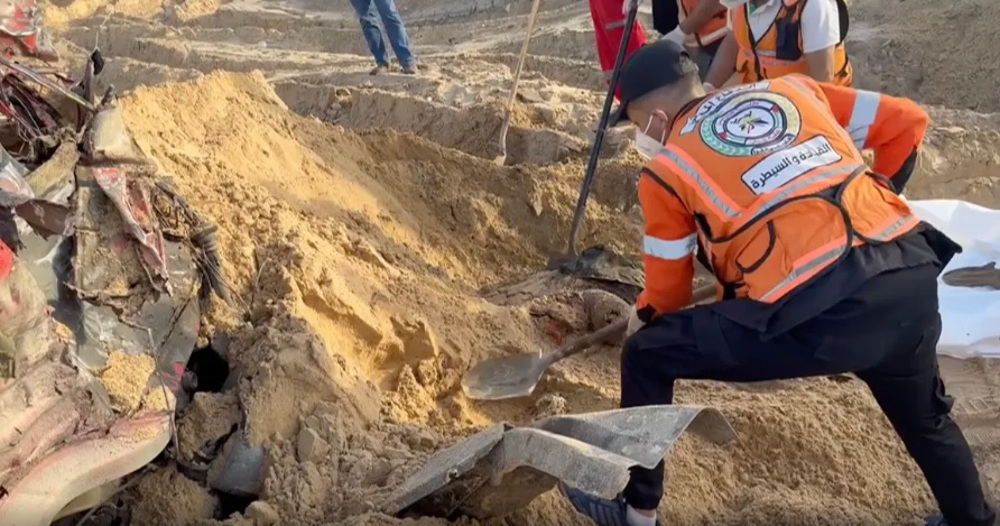
The search operation ended on March 30, with the recovery of the bodies of 15 humanitarian workers: eight from the Palestine Red Crescent Society, six from the Palestinian Civil Defence, and one UNRWA worker.
“[They were] driving their clearly marked vehicles. Wearing their gloves. On their way to save lives. This should never have happened,” Whittall lamented.
What does the evidence suggest?
The body of one medic is still missing at the site, according to the International Federation of Red Cross and Red Crescent Societies (IFRC), as Israel has not said whether he is detained or has been killed.
Munther Abed, a Red Crescent volunteer in the convoy, who had been abducted by Israeli occupation forces and then released, provided an eyewitness account of Israeli military shooting at the ambulances.
“During day and at night, it’s the same: external and internal lights are on. Everything tells you it’s an ambulance that belongs to the Palestinian Red Crescent. All the lights were on until we came under direct fire,” Abed was quoted as saying.
Forensic evidence also revealed that the victims, buried in a shallow mass grave, were executed, shot point-blank, with some of the bodies found with their hands and legs cuffed.
Ahmad Dhaher, a forensic consultant who examined five of the dead people at Nasser hospital in Khan Younis after they had been exhumed, said all of them had died from bullet wounds.
He highlighted that there is clear and irrefutable evidence of execution-style killing, based on the “specific and intentional” location of shots at close range.
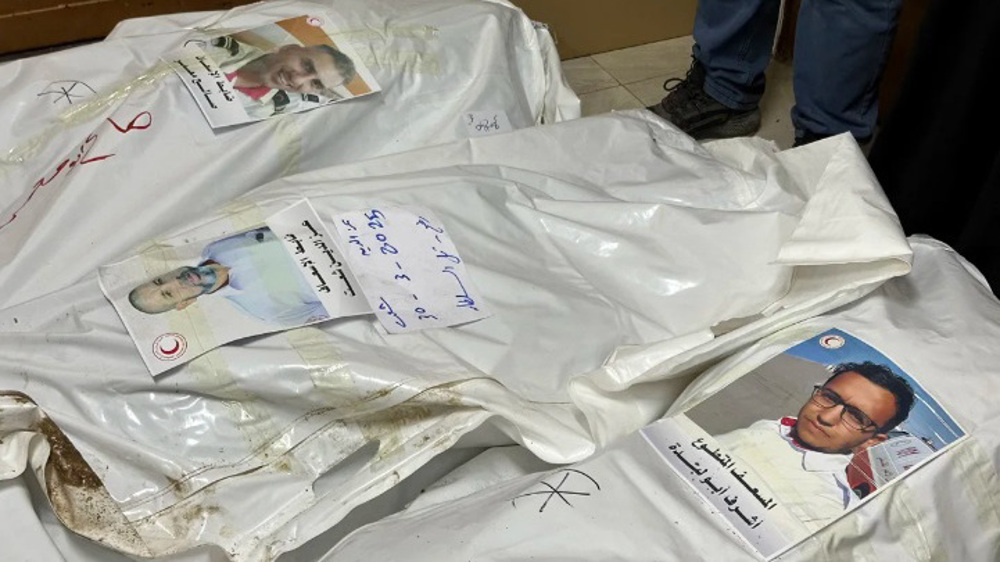
“Preliminary analysis suggests they were executed, not from a distant range, since the locations of the bullet wounds were specific and intentional,” he said. “One observation is that the bullets were aimed at one person’s head, another at their heart, and a third person had been shot with six or seven bullets in the torso.”
According to Gaza’s civil defence spokesperson Mahmoud Bassal, one of the civil defence personnel had been decapitated, and the remaining bodies were found in pieces.
How Israeli military’s claims were debunked
The Israeli military initially attempted to evade responsibility for the war crime, claiming that the vehicles were “moving suspiciously” without lights, insisting that its soldiers “did not randomly attack.”
“Several uncoordinated vehicles were identified advancing suspiciously toward [Israeli] troops without headlights or emergency signals. [Israeli] troops then opened fire at the suspected vehicles,” it said.
Israeli regime authorities also claimed that nine of the victims were Palestinian resistance fighters, without providing any evidence.
They claimed to have killed a Hamas resistance fighter, naming him Mohammad Amin Ibrahim Shubaki, as well as eight others from Hamas and Palestinian Islamic Jihad, without providing any information on their identities.
However, Shubaki was not among the bodies recovered from the mass grave outside Rafah.
United Nations has also announced that all 15 people killed in the deadly incident were paramedics and rescue workers.
Nonetheless, a video discovered on the cellphone of Rifat Radwan, a paramedic who was found along with 14 other aid workers in the mass grave, shows that the ambulances and fire truck that they were traveling in were clearly marked and had their emergency signal lights on when Israeli troops hit them with a barrage of gunfire.
The nearly seven-minute recording, which was obtained by The New York Times, was presented to the UN Security Council, officials from the Palestine Red Crescent Society said in a news conference on Friday.
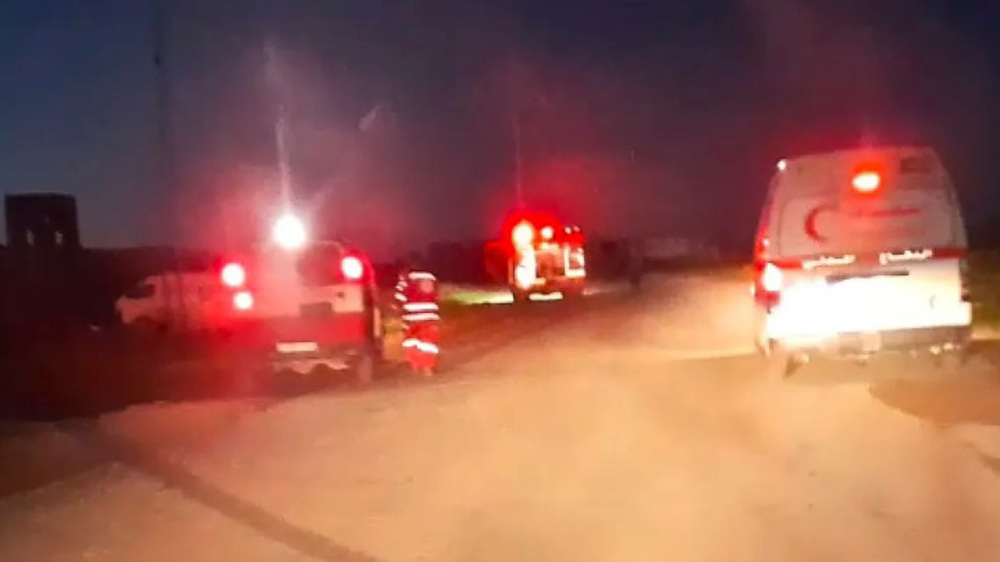
Dylan Winder, the representative of the International Federation of Red Cross and Red Crescent Societies to the UN, called the incident an outrage and said it represented the single deadliest attack on Red Cross and Red Crescent Society workers anywhere in the world since 2017.
The Geneva-based Euro-Med Human Rights Monitor also described the incident as “the largest mass execution of humanitarian workers in the history of modern warfare.”
The Israeli military later announced that the episode was “under thorough examination.”
However, Yesh Din, an Israeli rights organization, found last year that of 573 cases of war crimes committed in Gaza examined over the past decade by the military, only one led to prosecution, shedding light on a disconcerting pattern of impunity within the Israeli military.
How other aid workers were killed during Gaza war?
Since the early weeks of the genocidal war on Gaza, which has claimed nearly 50,000 lives so far, the Israeli military’s indiscriminate attacks on the besieged territory have led to the tragic deaths of hundreds of aid workers affiliated with UN agencies, nongovernmental organizations (NGOs), and the International Red Cross and Red Crescent Movement.
Under international humanitarian law, aid workers are classified as protected persons, granting them immunity from attacks.
On October 11, 2023, IFRC confirmed that the Israeli regime had targeted ambulances in two separate incidents, resulting in the tragic killings of four Palestine Red Crescent paramedics.
In a period spanning from October 7 to November 2, 2023, a total of 72 UNRWA personnel lost their lives in the Israeli bombardment of the Gaza Strip.
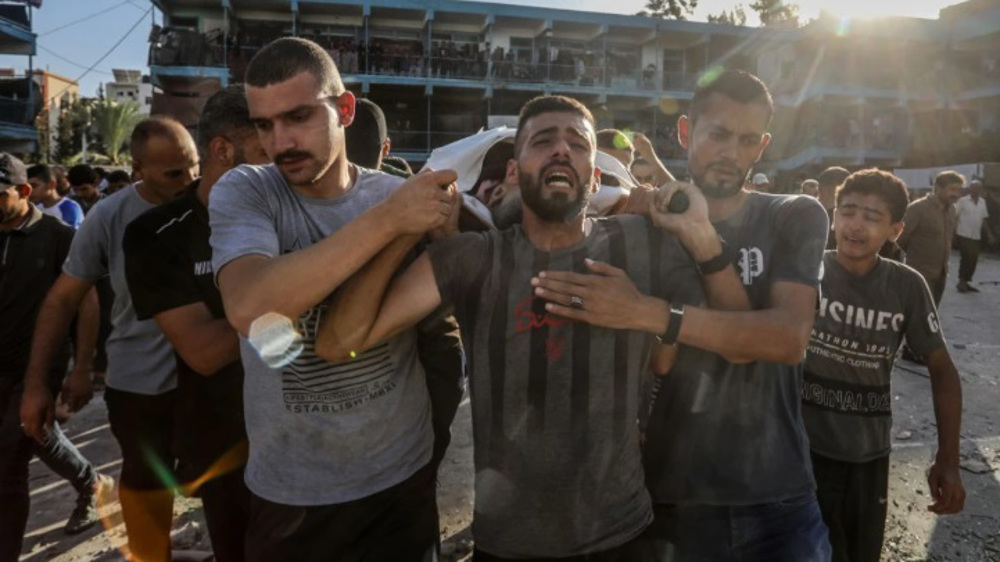
This devastating loss marked the highest number of UN civilian aid workers killed in a war within such a short timeframe in recent history, as confirmed by UNRWA.
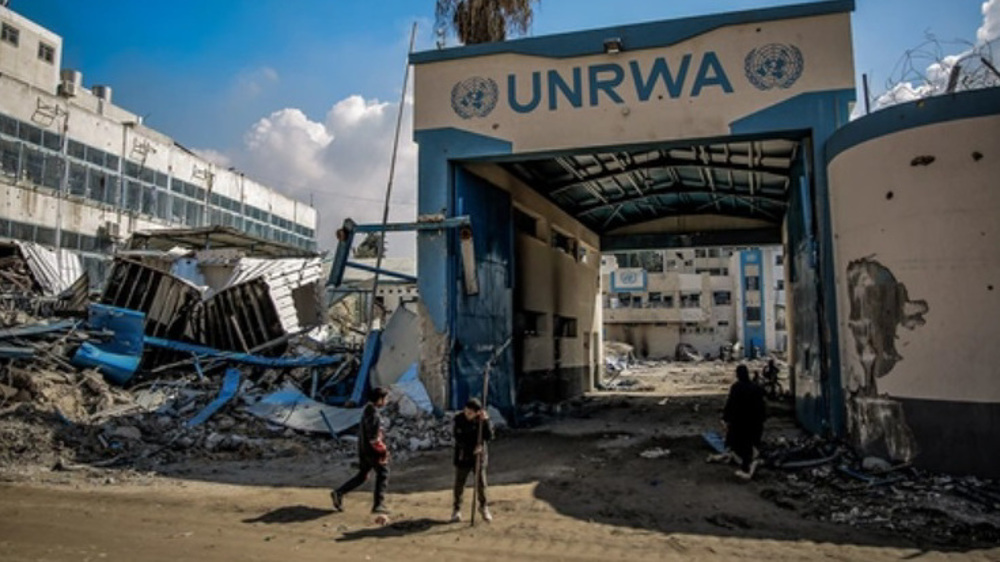
In late January 2024, two Palestinian Red Crescent paramedics, Yousef Zeino and Ahmad al-Madhoun, made a valiant effort to rescue five-year-old Hind Rajab, who was trapped in a car with six family members after an Israeli tank attack.
The family had been attempting to flee the violence in Gaza City when they came under fire.
Heart-wrenching telephone calls made by Rajab to emergency services and her mother during the three-hour ordeal were made public, capturing her desperate pleas for help.
Despite the immense danger, Zeino and al-Madhoun continued their rescue efforts, only to be found dead in their ambulance on February 10, close to the car containing the bodies of Rajab and her family.
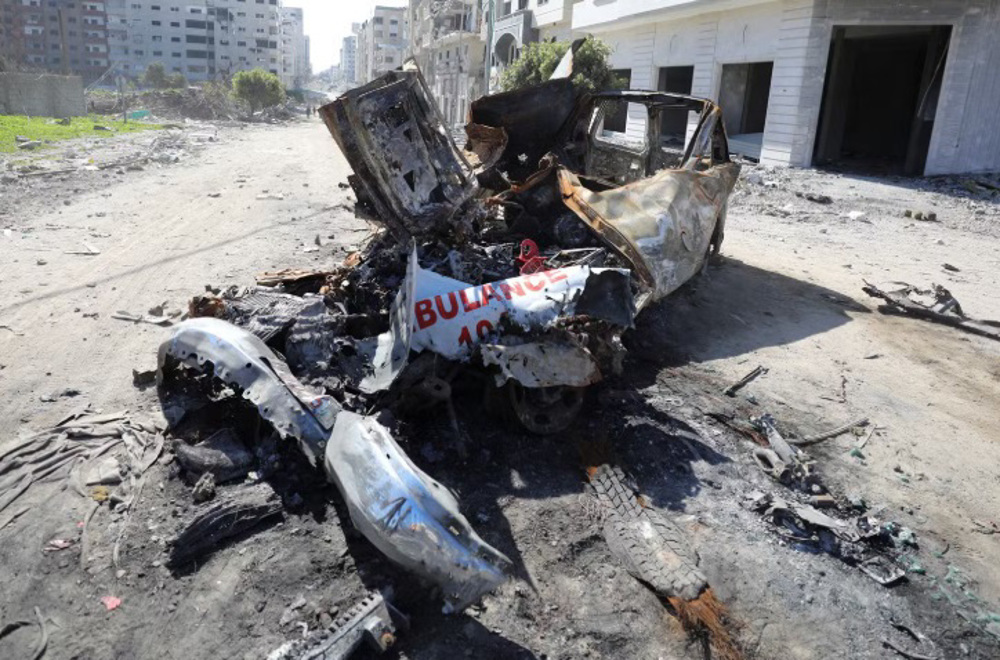
Contrary to claims made by the Israeli military denying their presence in the area, evidence later emerged showing that the ambulance deployed to assist Rajab was, in fact, attacked by Israeli forces after receiving approval from top Israeli authorities.
On April 1, 2024, a devastating Israeli airstrike claimed the lives of seven World Central Kitchen (WCK) aid workers, including foreign nationals, along with their Palestinian driver. The team had entered Gaza to coordinate the delivery of vital food supplies to Palestinians suffering from hunger.
According to WCK, their aid workers were traveling in a “deconflicted zone” in two armored cars, each prominently displaying the charity’s logo, accompanied by a civilian vehicle.
Despite the team’s careful coordination with Israeli occupation authorities, the military targeted the three WCK vehicles consecutively with three missiles, leading WCK to assert that the convoy had been deliberately targeted “car by car.”
In another tragic incident, an additional WCK staff member was killed in an Israeli attack in July 2024.
While the Israeli military initially dismissed these incidents as “mistakes,” subsequent investigations, witness testimonies, and photographic evidence revealed a different story, indicating that the attacks were, in fact, intentional.
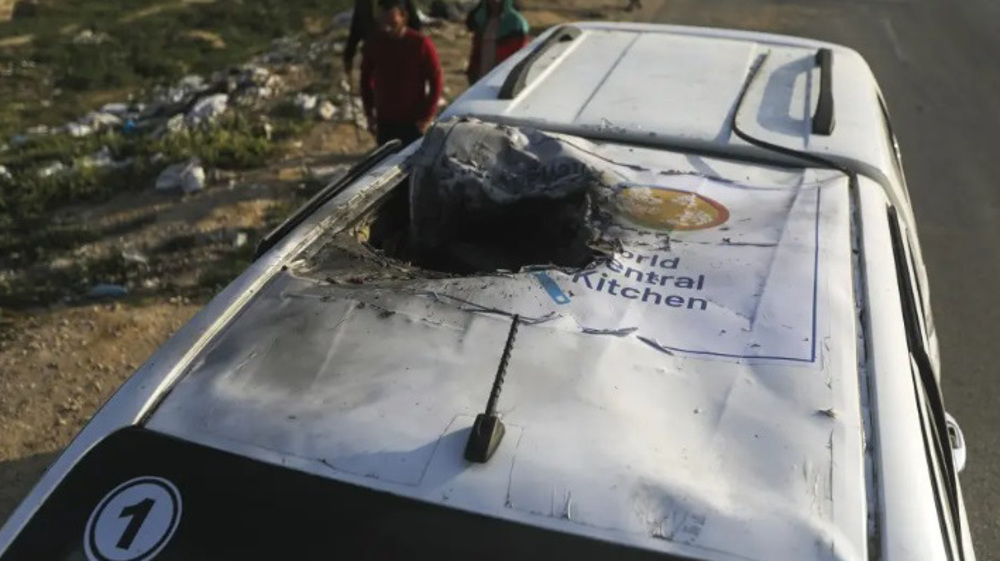
The pattern of violence against WCK workers continued on November 30, 2024, when the Israeli military launched an airstrike on a vehicle in Khan Younis, southern Gaza, resulting in the deaths of three more WCK employees and at least two other civilians.
This marked the third fatal attack on the humanitarian group within a single year, raising grave concerns about the safety of aid workers in Gaza.
On that same day, tragedy struck once again when an Israeli airstrike on Khan Younis resulted in the death of Ahmed Faisal Isleem Al-Qadi, a 39-year-old aid worker with Save the Children.
Al-Qadi, who was returning home to his wife and three-year-old daughter after praying at a mosque, became the second staff member of the organization to lose his life in Gaza.
The first aid worker from Save the Children to be killed in Gaza was Sameh Ewaida, who lost his life in December 2023.
Ewaida was killed alongside his entire family, as well as members of his extended family, when an Israeli strike targeted their residential building.
On March 19, an Israeli tank shell struck a United Nations compound situated in the Deir al Balah neighborhood of Gaza, resulting in the killing of a UN staff member from Bulgaria and leaving six others injured.
In response to the repeated Israeli strikes on clearly-marked UN facilities, the organization announced a week later its decision to reduce its presence in Gaza by withdrawing approximately one-third of its international workers.
On March 27, an Israeli strike targeted the vicinity of a community kitchen in Gaza, leading to the death of a World Central Kitchen volunteer and injuries to six others, while meals were being distributed to needy.
This incident occurred on the same day as UNRWA announcement that eight of its staff members had lost their lives in Gaza over the past week.
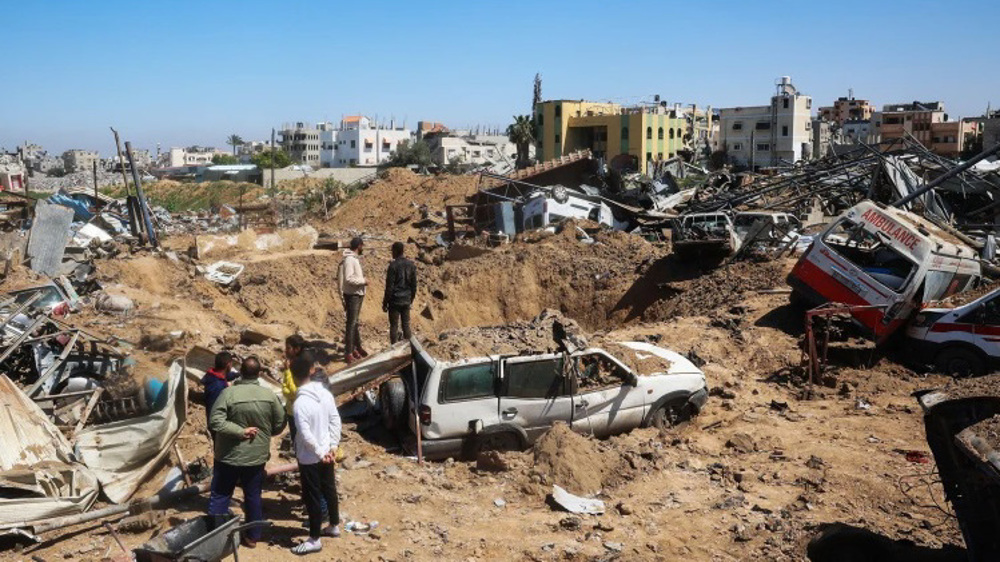
These tragic events represent only a fraction of the devastating impact the ongoing genocidal war has had on aid workers and medical staff in Gaza, according to observers.
A February investigation by The Guardian found that over 1,000 medical personnel had been killed throughout Gaza since the onset of the war until the temporary ceasefire in January.
The widespread destruction of numerous hospitals, as determined by a UN Human Rights Council commission to constitute war crimes, has further exacerbated the dire situation in Gaza.
According to UNRWA, at least 408 UN aid workers, including more than 280 UNRWA staff, have been killed by Israeli forces in Gaza since the devastating war began, the organization’s largest loss of life in any war in its history.
As the genocide continues, the number of Palestinian casualties has risen to more than 50,700, with the majority being children and women. The Gaza Government Media Office has updated its death toll to exceed 61,700, stating that thousands of missing individuals are presumed dead under the rubble.
Watch NBS news on YouTube in Bengali । Subscribe Our YouTube Channel: